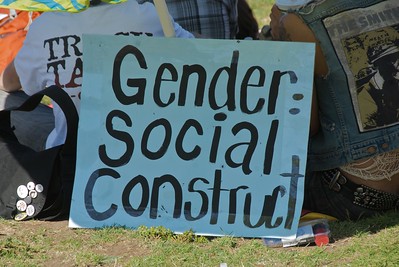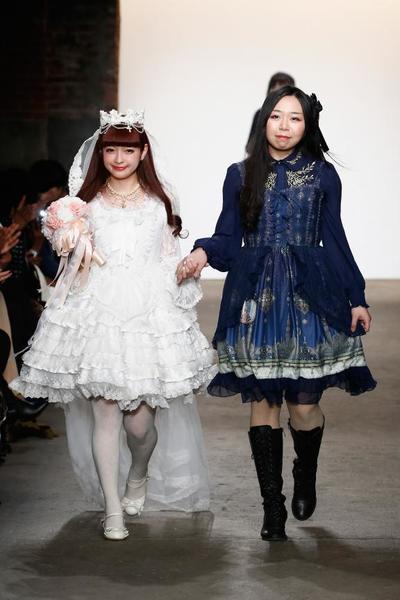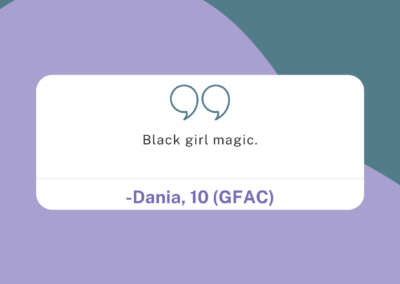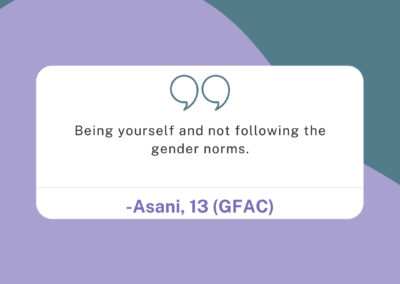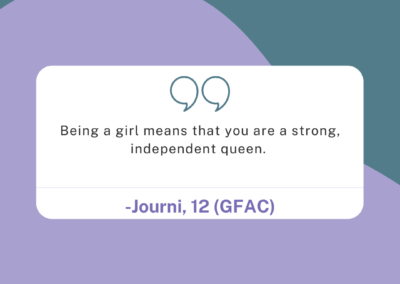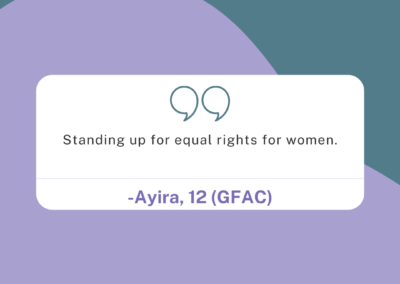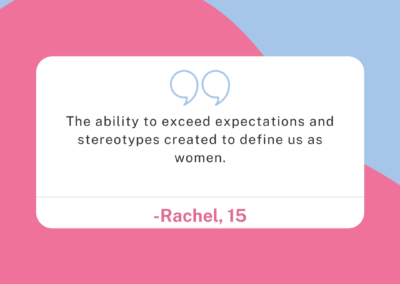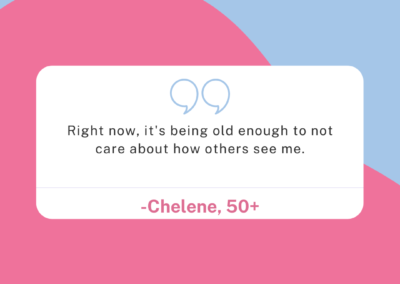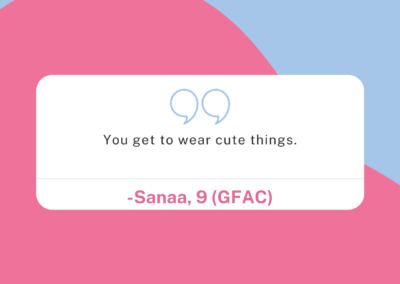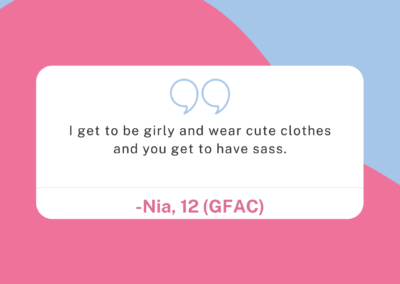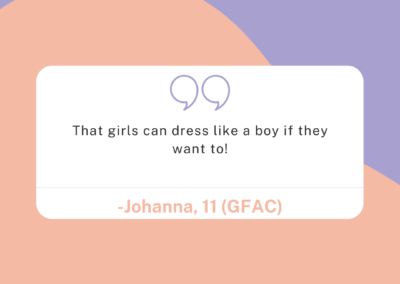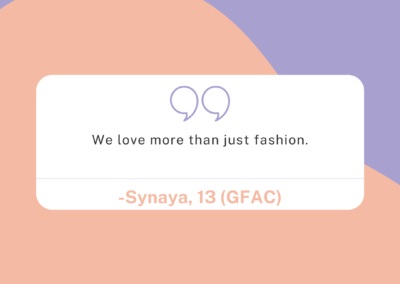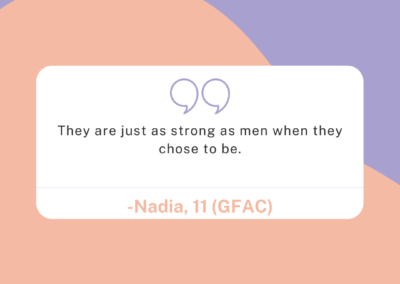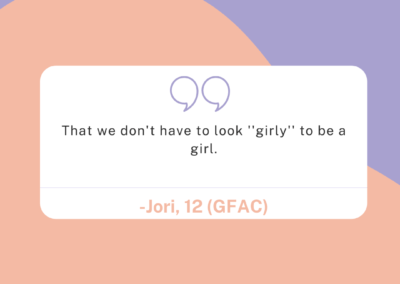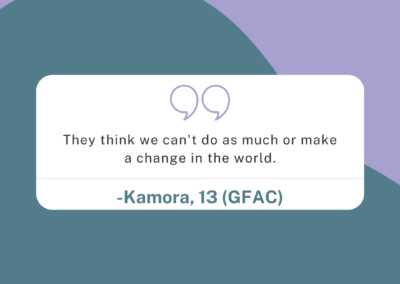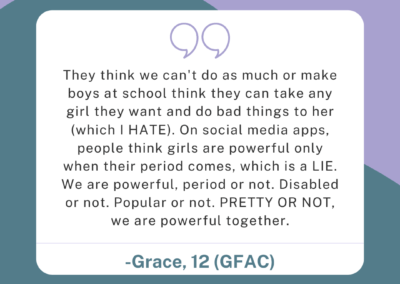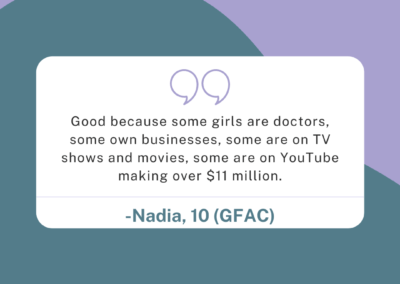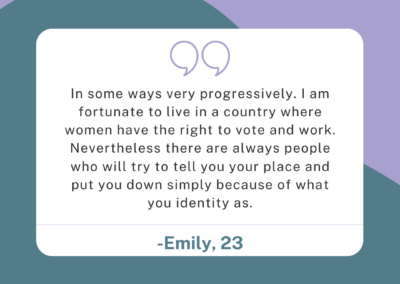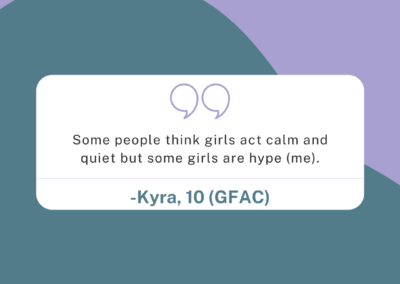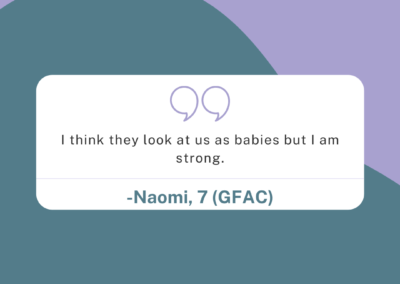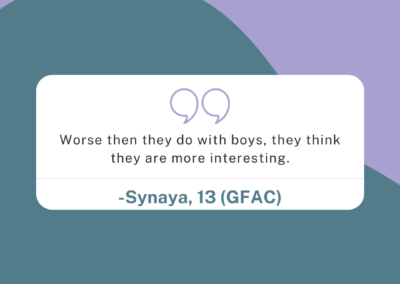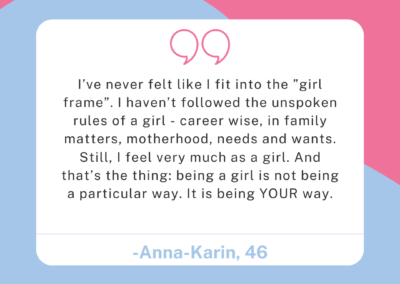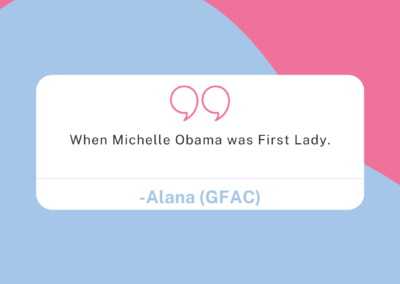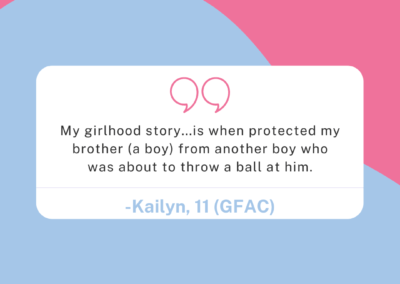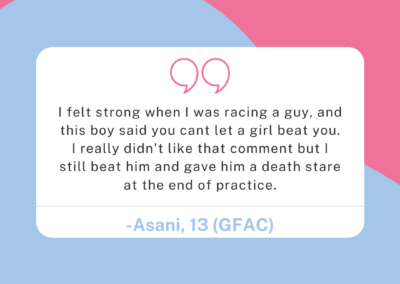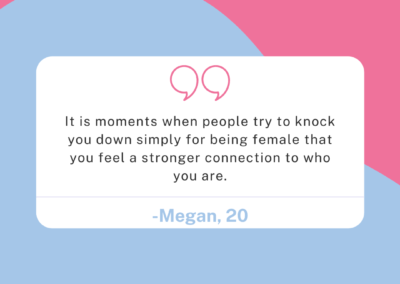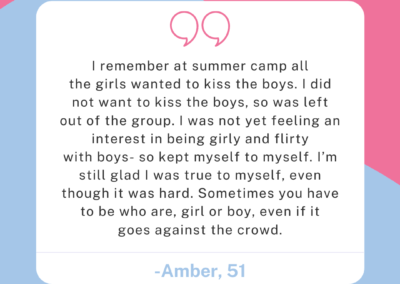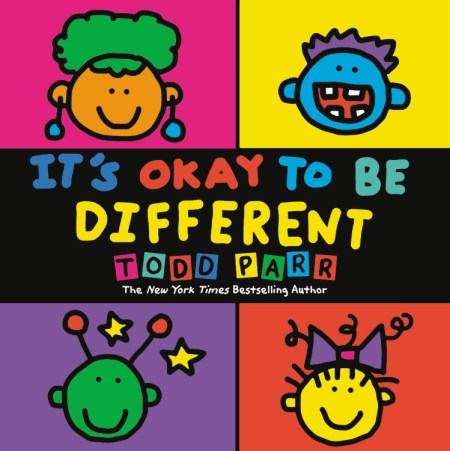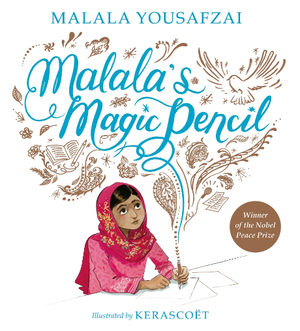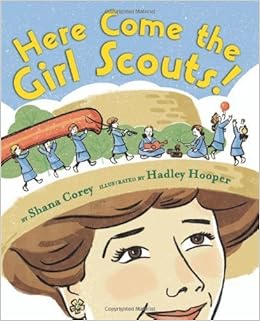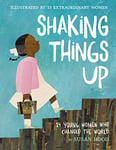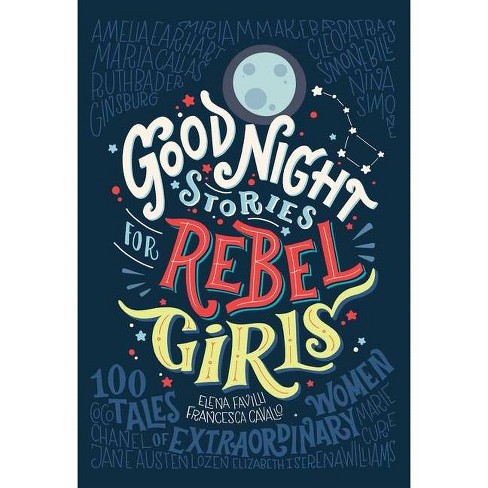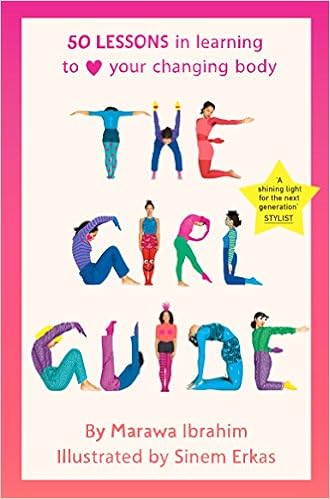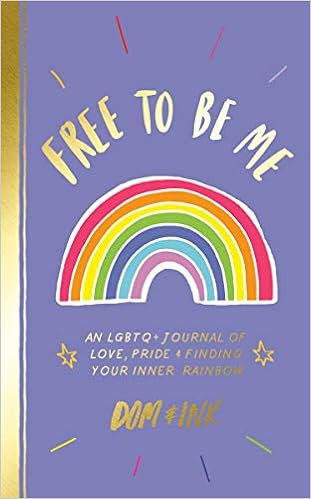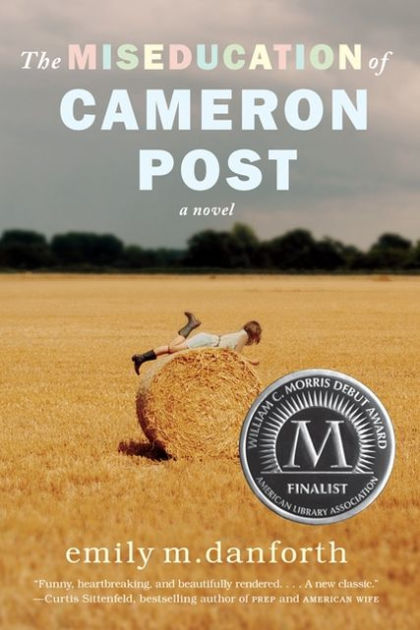
What is a girl? What is girlhood? The answers to these questions are not as straightforward as they might first appear. The word girl appeared in the Middle Age more than 700 years ago. At that time it was written as “gyrle,” meaning a child or a young person of either sex. Since then, the word has taken many forms such as “girle,” “gerle,” and “gurl.” During the fourteenth and fifteenth centuries, the word girl started to refer specifically to a female child, or a young, unmarried woman. From the 1640s, “girl” could also mean “sweetheart.” Stemmed from the word “girl,” girlhood as a word appeared later in the mid-eighteenth century. Since the beginning, it was coined with the reference to the state of being a girl or the childhood of a girl.
Then, what exactly is the state of being a girl? How do we define it? Definitions of girlhood change and vary widely than ever in nowadays society. We often think of age as the key determinant of girlhood, but even this is more complicated than one might think. When does girlhood end? Does it end with adolescence? When one turns eighteen? Does girlhood extend even until one is in their mid-twenties? Part of what makes defining girlhood so challenging is that age is not the only factor that defines girlhood. It is also a social and cultural construct, meaning that different societies often construct their own unique meaning of girlhood.
In this exhibit, we worked with girl studies scholars and self-identified girls/women to explore various historical and modern definitions of girlhood. We also look at case studies, particularly from Asia, that are both stereotypically and subversively girl. We chose to let contributors speak for themselves – our text is minimal and limited to introducing each section.
As you explore, ask yourself: Do you agree with how someone else defines “girl” or “girlhood?” What about your own experiences is similar to or different from experiences found throughout our museum? If you had to be interviewed like this, what would you say?
Education Guide
Use this education guide to interact with the exhibit, gain a deeper understanding of diverse girlhoods, and think about the meaning of gender identities today. Activities in this guide are aligned to U.S. and/or U.K. educational standards. They are designed to be used by students and teachers as school lessons or enrichment opportunities.
Historically “Girl”
Different conceptions of girlhood have been constructed and changed over time and across cultures. In many cases, definitions of girlhood reflect the shifting political and cultural needs of societies. For example, at the end of the nineteenth century, Egyptian girlhood was often defined by other milestones, like first menstruation or marriage, not just a girl’s age. In early twentieth-century Europe the period of girlhood became longer, as more girls had more access to education. Even now, it becomes more difficult to draw a sharp distinction between girlhood and adulthood, in large part because girls are involved in seemingly adult experiences across the globe, from labor to sex work.
Since each culture has their own definition of girlhood, it is impossible to lump all kinds of girlhood into one definition. We highlighted key examples of both historical and contemporary definitions of girlhood across different time periods and regions for our audience to explore. As illustrated by these diverse definitions, it is clear that, in the midst of social pressures and constraints, girls are constantly developing their own culture to challenge and redefine the concept of girlhood and empower themselves.
Gender: Social Construct, Dyke March in Dolores Park. Photo by Steve Rhodes via Flickr.
“Girl” as a Social Construct
Who decides what a “girl” is? Generally speaking, society. But society’s definitions have varied, as we’ve already seen. So why do definitions change over time?
The social construction of gender theory is a way to research and frame these definitions. The theory emerges from social constructivism, a school of thought which proposes that everything people “know” or see as “reality” is partially, if not entirely, socially situated. This means that our definitions are based on the beliefs and reactions of those around us – people in our society.
According to Lumen Learning, “A social constructionist view of gender looks beyond categories and examines the intersections of multiple identities and the blurring of the boundaries between essentialist categories. This is especially true with regards to categories of male and female, which are viewed typically as binary and opposite. Social constructionism seeks to blur the binary and muddle these two categories, which are so frequently presumed to be essential.”
Exploring this, we interviewed girl studies scholars about how they define and study girlhood. Click the toggles below to reveal their answers.
How would you define ‘girlhood’? Do you have any anecdotes which you believe summarize girlhood?
Linda Arnell: The word or category of ‘girl’ has various meanings, but is often related to a child of a specific gender and age, and most commonly as a term defining adolescent females. However, I also understand it as a social (western) construction, and the way in which the term girl is given meaning is also intertwined with notions of ability, ethnicity, sexuality, and class, etc. When conducting research, my perspective on the category of girl includes everyone who identifies as such, regardless of the sex assigned at birth, even though I often include an age limit related to ideas of childhood, adolescence, youth, or what it means to be a child or to be young. The word or category of ‘girl’ has various meanings, but is often related to a child of a specific gender and age, and most commonly as a term defining adolescent females. However, I also understand it as a social (western) construction, and the way in which the term girl is given meaning is also intertwined with notions of ability, ethnicity, sexuality, and class, etc. When conducting research, my perspective on the category of girl includes everyone who identifies as such, regardless of the sex assigned at birth, even though I often include an age limit related to ideas of childhood, adolescence, youth, or what it means to be a child or to be young.
Anastasia Todd: In my work on disabled girlhood, I mostly define girlhood in terms of what it is not. Girlhood is not a “common-sense” ahistorical, static, biological “life-stage.” But rather, it is a shifting category of analysis that is constituted through and by systems and relations of power. Another way I like to think of girlhood (as I do disability) is as an assemblage, not just as an attribute of a body. Notwithstanding the academic definition, I think girlhood means many different things to many different girls. Reflecting on my own girlhood, which was very privileged in many ways, I mostly think back to feelings of anxiety, joy, discovery, desire, belonging, and exclusion. My newest streaming television obsession has been the show PEN15, which I believe does an excellent job capturing and relaying some of my own affective experiences of girlhood, as a millennial growing up in the United States.
Anghara N. Valdivia: This is a huge question. So much history and theory. At its core “girlhood” is a privilege, as very few people in the world have the luxury of living through a “girlhood.” It is a gendered category that is also age specific—somewhere after infancy through the end of adolescence. Clearly patriarchal cultures use the term “girl” to refer to a wide range of ages—sometimes even middle age or elderly women. Ideally, girlhood encompasses solidarity, mutuality, creativity, and learning to have agency in the world as a gendered, aged, racialized and classed subject. There are multiple and competing girlhoods.
Ann Smith: For me girlhood is the state of being a girl, cisgender, self-identified, trans non/binary, lesbian, queer etc. Typically, girls are aged 18 and under.
Sneha Krishnan: Girlhood is fluid – while sociologists might define it as a time ‘before’ adulthood, ‘girl’ subjectivities have been used by women and children in various ways to play with time. Between 2012 and 2013 I did ethnographic research at a hostel – boarding house – for girls in Southern India. The young woman who lived in this hostel were all university students, roughly between the ages of eighteen and twenty-two. In legal terms they were ‘adults’. But they all called themselves ‘girls’. As I learned, being ‘girls’ allowed them to keep one foot in a child world of playfulness and fantasy: the things they did in their ‘girlhood’ didn’t really count, I was told. Nothing was serious. So ‘girlhood’ was a way of inhabiting what Saidiya Hartman has called ‘waywardness’ – openness to radical possibilities beyond the narrow horizons dictated by social circumstance.
Jennifer Helgren: I think it is important to separate girl and girlhood, child and childhood, boy and boyhood. Girl refers to actual girl children whereas girlhood refers to the constellation of ideas that describe the expectations, norms, and attributes associated with female children in a given society. We must recognize as a girl any child who identifies as a girl even when their family and community do not accord them this recognition. My own research has focused heavily on girls’ organizations. I see these mainstream, popular, and, in many ways, prescriptive organizations as crucial to forming modern concepts of girlhood. Their leaders develop programs that speak to the culture’s beliefs about what girls are like. Girls responded with varying degrees of receptivity, which, in turn, shaped the trajectory of the organizations.
Louise Jackson: I define ‘girlhood’ as a shared identity, culture and sense of community that is created by girls themselves – although of course it has also been created for them by others (including by adults). As a historian (of gender, youth and childhood) I love reading The Girl’s Own Paper – published in the UK from 1880 right through to 1956 – and looking for girls’ own voices. Its readers were encouraged to send in essays, letters and other contributions on topics that mattered to them. In 1882 Bertha Mary Jenkinson, aged 14 year and 7 months, was so concerned about a previous article, which described higher education as wasted on girls, that she wrote a spirited letter to the editor. She argued: ‘a woman’s education must go on all her life exactly the same as a man’s .… Unless a woman is educated she certainly cannot be his equal or companion’. Equal access to education for girls remains crucial in the world today.
Marnina Gonick: My definition of girlhood would be to resist any singular definition. Definitions can be dangerous, because to define is to create borders around an idea. As a result, there are always exclusions. I think girlhood should be seen as an expansive category with porous boundaries. Instead of defining girlhood as a biological or temporal feature, I think it is necessary to understand it as a cultural and social phenomenon that is constantly in flux. We need to use an intersectional analysis, that is one that takes into account how gender and age intersect with other social markers such as race, class, nationality, ability, sexuality etc. Girlhood is an “idea” that has material effects on how childhood is understood and lived, how gender is created and experienced and how identities are fashioned. Each of these (childhood, gender and identity) are a relationship to the “idea” of girl, which is never fully achievable.
Mary Celeste Kearney: I define “girlhood” in several ways: 1) as the subjective experiences of those who identify as “girls”; 2) as the period in life one identifies as “girl”; and 3) as the discursive construct used by social institutions and individuals to categorize those deemed young and female/feminine, which is commonly performed and reconstructed by those who identify as “girl.” I tend to define “girl” via demographic categories and based on the combination of gender, age, and status of financial dependency—so, those people who identify as female/feminine and young who are still financially dependent on their parents or guardians. Typically, this means female/feminine youth between the ages of 0-18, whether cisgender or trans. That said, historically “girl” has also been used to refer to young women older than 18, and it still is. Indeed, the term “girl” is often used among women of all ages when they are in women-only groups, as well as by many gay and bisexual men in relation to the feminine members of their groups. The fluid use of “girl” across these various social groups points to lack of one essential meaning as well as its relationship to the social construction of identity. As I wrote in my 2009 article, “Coalescing,” which focuses on the development of girlhood studies as an academic field: “[T]here are many ways to be a girl, and these forms depend on not only the material bodies performing girlhood, but also the specific social and historical contexts in which those bodies are located” (19).
How do you think globalization has affected how we define girlhood?
Linda Arnell: Firstly, I think that girls around the world, with the help of technology and the internet, have had the opportunity to share their experiences, opinions, and life situations with others in other parts of the world. We can also see how girls’ voices and activism have had a global impact in ways that have not been possible before, but, at the same time, girls are also affected by the negative consequences of globalization in various ways. Furthermore, I think that the effects of globalization have influenced girlhood scholars to broaden their perspectives and to look beyond their own context and understandings of girlhood. I hope that globalization, in this sense, will contribute with dialogues and knowledge that transgress national borders.
Anastasia Todd: Being attuned to globalization helps to decenter white, Western girlhood as the universal frame for studying “girlhood.” An engagement with transnational feminism allows us to think more thoroughly about how neoliberal capitalism has structured the realities of girls across the world in different and similar ways.
Angharad N. Valdivia: This is a weird question. Clearly the study of girlhood has to be specific. We cannot generalize from the US/Anglo situation to the rest of the world. Hopefully all girlhood scholars acknowledge this. Contemporarily there are such visible girls on the world arena—Malala, Greta, etc.—that we need to understand how it is that their visibility is being constructed. We also need to acknowledge that certain girls are rendered more visible than others. For example, many indigenous girls have been speaking for years about environmental degradation, yet Greta captures the global imagination. Issues of class, race and nation are important. “Globalization” means different things to different people. If we define it as the contemporary flow of people, culture, and goods across nations, we have to acknowledge uneven power distributions, enduring colonial vestiges, etc.
Ann Smith: It has broadened our understanding of what constitutes girlhood in different countries and cultures.
Sneha Krishnan: I think it would be a mistake to see the present moment of globalisation as exceptional. As above, I think the ways in which it defines girlhood (as racialised, as vulnerable, and within other geopolitical stories about modernity, civilisation and rescue) all have a much deeper history in the story of imperialism. So I think historic globalisation – in this I’m referring to imperialism that began in the late 15th century – has profoundly shaped and indeed created the conditions under which ‘girlhood’ as a category makes sense.
Jennifer Helgren: Globalization has brought increased attention and resources to girls’ education and to microeconomic projects for young women around the world. We see that, for example, in the Girl Effect—an independent nonprofit launched in September 2015 by Nike Foundation, in collaboration with the NoVo Foundation, United Nations Foundation, and others. Its goal is to end poverty globally by funding girls’ education, health, and other opportunities. It is based on a belief that girls’ successes lift their countries out of poverty. The unstated reverse, however, puts an incredible burden on girls–girls who have sex or marry early mires their countries in ongoing distress and hardship. So new attention is going to girlhood but some of our normative framings of girls as either ideal citizens and saviors or as delinquents who undermine through their sexual choices remain stuck in place.
Louise Jackson: It’s crucial to think in a global (as well as longitudinal) context and to recognise that what it means to be a girl is both geographically and historically specific. Access to rights has been structured through ideas about age as well as gender, and the age at which one is deemed to be a girl or woman depends on the contours of where and when. There is no universal experience of ‘girlhood’ given that race, ethnicity, and access to resources profoundly shape life-chances and the sharing of identity.
Marnina Gonick: I think there are two contradictory movements involved in the relationship between globalization and girlhood. On the one hand, globalization has allowed us to see how the concept of girlhood varies in different social and geographic locations. This gives weight to the idea of girlhood as something that is socially constructed in alignment with economic, cultural and regional factors. On the other hand, globalization has also brought a homogenizing factor to notions of girlhood. With the circulation of American popular culture, through TV, movies and music there is an increasingly narrowing of discourses around girlhood which puts limitations on how the concept is understood and lived.
Mary Celeste Kearney: Great question and one all girls’ studies scholars should think more about. I know I do! The concept of girlhood has long been tied to capitalism, as girls are understood as a lucrative consumer market. Originally that was because girls grow into women, and the assumption was that all women become mothers who make purchases on behalf of their own families. So if advertisers and manufacturers could solidify girls’ brand loyalties early on, those companies would have assured consumers for life. Yet since the mid 1930s, in the United States at least, there’s been a recognition that girls want to consume products made just for them and their needs, and so the girl consumer market was born. This has happened at different times in different countries, but the United States has been a major player in globalization as a result of its power in the world and capitalist values, as well as its production and distribution of media. Globalization has led to a more universal sense of girlhood, although it is one that has been based on the most privileged girls in the U.S. and other Western societies. (Check out the history of the Barbie doll made for different countries.) It remains to be seen how much other countries can resist the West’s—and more specifically, the United States’—definition of girlhood by producing their own girl-centered media and other forms of culture. Japan comes to mind as a nation with a very strong girl culture that has impacted not only other Asian countries, but also those in the West (think of Hello Kitty, manga, anime, etc.).
Would you describe girlhood as a construct (social or other)? Please explain.
Linda Arnell: Yes, one way to understand girlhood is to approach it as a social and/or cultural construction, intertwined with notions, not only of gender and age, but also aspects like ability, ethnicity, sexuality, and class, etc. But for me it is also important to understand girlhood as a lived experience, thus affecting the lives of girls every day.
Anastasia Todd: I think that girlhood is both a construct as well as a material-affective reality. Girlhood has meant many different things in many different historical, political, social, and geographic contexts. This doesn’t mean that girlhood is not “real” per se, it just means that the way we conceptualize girlhood changes. By thinking about how girlhood is constructed, it calls attention to the fact that there is not just one universal experience of girlhood. It is important that we think intersectionally and transnationally about girlhood. Not all girls are figured as innocent or in need of protection, for example. Certain girls, by virtue of their race, class, ability, citizenship, etc. experience the world in vastly different ways than the white, Western girl that populates many of our imaginaries as “the Girl.”
Angharad N. Valdivia: Of course it’s a social construction—as is gender and this is gendered category. Nonetheless it bears actual political consequences, resource allocations, and explanatory power.
Ann Smith: In some contexts girlhood is a socially controlling construct. For example, in some cultures girlhood ends only with marriage regardless of the age of the girl or woman concerned. Thinking of an adult woman as a girl leads to treating her as a child.
Sneha Krishnan: Yes – girlhood is a historical and social construct. Like other categories of gendered subjectivity, it is performative: in that it is produced by the repeated ‘doing’ of girlhood in the clothes girls wear, in how they hold their bodies, and how they talk, and walk and what they do with their time. All societies didn’t always have a concept of ‘girlhood’ or if they did, its meanings have varied very widely over time. For instance, in the early 20th century, the legal age of consent for married women in most parts of the world was somewhere in their mid-teens at the latest. This would be considered very young these days. Similarly, for instance, black and white girls were not attributed with the same attributes of innocence and fragility in the US in the late 19th century. Black girls were widely seen as lacking the capacity to feel – as insensate – and hence incapable of reform and self-development. On the contrary, white girls were seen as pure and innocent: figures at the heart of national culture and the fantasy of the American family.
Jennifer Helgren: Girlhood is both a biological phenomenon and a social construct. As a historian, I see girlhood taking on different meanings at different periods. That is what a social construct does. Moreover, girlhood among different ethnic, racial, and class groups has had different associations and meanings. Therefore, girlhood is a social construct that intersects with various other identities.
Louise Jackson: Yes. ‘Girlhood’ – what it means to be a girl – is shaped through culture.
Marnina Gonick: Yes, as my answers above indicate – I think girlhood is a construct with real material effects. This idea comes from a broader field of study of the theoretical body of work that suggests that all identities are created within social contexts that shape the meanings of these identities.
Mary Celeste Kearney: Yes, that’s what I was getting to in my definitions of “girl” and “girlhood” in the prior question.
To what extent is the definition of girlhood constructed through inclusivity and plurality?
Linda Arnell: To achieve plurality and inclusivity when defining girlhood, today’s notions of the category ‘girl’ need to be discussed, and may be also reconstructed and broadened in various ways. I hope that girlhood scholars will take the opportunity to be part of this, to advocate for greater inclusion, and discuss and question notions of, for example, femininity and age that constrain and limit people from living their lives on equal terms. I also hope for this change not only to be one of definition, but also one of social change, questioning the social, political, and power structures.
Lillemor, one of the girls participating in my research on girls’ violence, gives one example of how social norms, and notions of gender, affect the lives of girls:
Lillemor: I think it’s really sad, not because it should be okay for girls to fight, because it’s not okay to fight, but it’s stupid that it’s seen as something special, as if it’s not special if guys fight, because it’s like girls have to behave in a certain way, but guys can behave any way they want.
Linda: And what’s in a certain way then?
Lillemor: We shouldn’t fight, and we shouldn’t be loud, and we shouldn’t sleep around, and we shouldn’t do anything like that.
Linda: How are you supposed to behave then?
Lillemor: Yeah, we have to be nice and perform in school and we can’t fight. I don’t know, we should just be like this stereotypical girl, we’re not supposed to be seen or heard, and we’re not supposed to be violent, but nor should boys.
Anastasia Todd: I think for many people, girlhood is imagined in a very rigid and “common-sense” way. I would say scholars of girlhood are trying to push folks to reconsider girlhood as something that does not just signify “women in training” or is conceptualized strictly in terms of age (under 18). For many of us who do work on marginalized girlhoods, I think we attempt to conceptualize girlhood in an increasingly capacious way. In my own work, I try to attend to the materiality of the body as well as recognize how interlocking systems of oppression structure girls’ lives in asymmetrical ways.
Angharad N. Valdivia: It all depends. There is no one definition. Undoubtedly, like so many other constructs, and as is Liberal Feminism, the bulk of attention has been on white, middle class, cis-gendered girls from the Global North. However there is also great productivity in inclusive research.
Sneha Krishnan: ‘Girlhood’ has historically been a troubled category. And it has been a category riven with histories of race and class exclusion. But ‘girlhood’ has also been claimed by those on the margins of this category as a site from which to inhabit a radical politics of gender.
Jennifer Helgren: One of the expectations of mainstream educators in the twentieth-century United States was that the ideal girl citizen was tolerant and accepted inclusivity. The youth organizations that I study all offered up some version of this model, especially after World War II. Still, the clubs were set up through neighborhoods, schools, and churches, all of which were by custom or law segregated. Girls’ leaders sought to avoid controversy and played down their own political role by accepting local policies regarding segregation. This meant that they accepted the formation of groups, in most regions of the U.S., along segregated lines. At the same time, girls’ organizations regularly used a universalizing language to describe girlhood that obscured the realities of how white supremacy structured daily lives.
Louise Jackson: As a normative goal or intervention in the world today, then yes – but we have to work hard to ensure this is always the case. If you’re referring to ‘girlhood’ as a term that has been used to describe groups in the past (and thus as a label placed on girls by others), then we need to be attentive to the power dynamics at play. For example, preconceived assumptions about class and sexual status in nineteenth-century Britain were used to deny some girls the protection accorded to others.
Marnina Gonick: I think it depends on the context. In some contexts there has been a lot of progress in expanding representations of girlhood. While in others, the dominant version of white, middle class, heterosexual, cis gendered girlhood is still firmly implanted. I also see that progress is not linear. Where there are advancements there are also retreats. This is an issue that requires on-going work and effort.
Mary Celeste Kearney: That depends on who’s defining girlhood! Many white people, girls’ studies scholars, included have been remiss on not paying attention to the many categories of identity that intersect with gender with regard to both girls and girlhood. And girlhood studies has been dominated by white scholars for a long time, so we have not been as attentive to diversity, plurality, and inclusivity as we should have been. Fortunately, more research by indigenous scholars, scholars of color, queer scholars, and disabled scholars is bringing light to the many different ways girlhood is constructed in relation to the various categories of identity that intersect with gender and age. And that work has challenged white scholars to engage in those issues as well.
Lolita dresses at New York Fashion Week 2016. Image via Vogue magazine.
Case Study: Lolita Fashion
Lolita fashion originated in 1970s Japan, influenced by the clothing of the late-Victorian period and having heavy elements of Rococo, Baroque, and Gothic styles. Some of the common elements consist of lace, bows, embroidery, corsets, and underskirts. Fantasy or “otherworldly” literature such as Alice in Wonderland also play a huge role in Lolita fashion. While many of its detractors say that Lolita has a direct link with the controversial 1950s novel of the same name (which details a young girl and older man’s relationship), the name itself does not have a direct link to the book and many modern Japanese are not familiar with it at all. Indeed, while Lolita subculture does emphasize kawaii femininity and acting like a playful child, it is a genre rooted in the growing economy of Japanese society and many Japanese women participate in the subculture as more of a fashion statement. Lolita dresses can be divided into three categories: sweet, gothic, and classic. A lot of the dresses express the aesthetic of femininity, cuteness, and refinement. Lolita culture became more widespread in Japan in the 1990s, becoming a worldwide phenomenon by the 2000s. It spread to neighboring countries like China and South Korea around 2000. In 2016, model and president of the Japan Lolita Association, Misako Aoki, appeared on stage presenting a Lolita dress during the New York Fashion Week. Increasingly, due to the internet and social media presence, Lolita “tea parties” and “dress rehearsals” are being held worldwide and attract a cult following. While Lolita dresses can be a type of “girl” expression, it is not the only reason why many Lolita enthusiasts wear them. Both men and women nowadays are using Lolita fashion to express themselves and enjoy the feeling the dresses bring to them.
Decora and Gothic Lolita Fashion
In this episode of Girlspeak, Dr. Megan C. Rose talks with guests Kurebayashi and Rei about decora and gothic Lolita fashion in Harajuku. From discussing the rise of these fashions as distinct Japanese social phenomena to building a cafe that appeals to decora and gothic Lolita audiences, our guests provide unique insights into these subcultures and how girls participate within them.
About Our Guests
Dr. Megan C. Rose is an Adjunct Associate Lectuerer in Sociology and Social Science and Policy at the University of New South Wales in Sydney, Australia. Her research explores the value of creativity, cute theory, critical femininities and inclusion. She is currently investigating the experiences of kawaii and gothic alternative communities in Japan, as well as marginalised groups in the Australian Higher Education system. Megan is currently developing a new portfolio of postdoctoral research that involves collaboration and co-authorship with stakeholders in kawaii and gothic alternative communities, as well as a study of feminist activism that uses kawaii imagery to mobilize political actors.
Haruka Kurebayashi is an internationally known model and mentor for Decora-chan girls via her blog, Instagram, Twitter, and YouTube. Originally from Shizuoka prefecture, Kurebayashi launched her brand 90884 in 2013 and is a frequent model for fashion magazine KERA.
Rei Saionji is a Tokyo native and explorer of Japanese culture and tradition. She is the author of 2 Hours Drive from Tokyo.
Case Study: Chinese Girl Groups
The Chinese music industry in the 2000s saw an increase of girl groups. One of the most prominent groups of the genre, S.H.E, formed in 2001 in Taiwan. They quickly gained popularity with the release of their first album, Girl’s Dorm. In the next decade, they became an iconic girl group with a huge fanbase in Taiwan and mainland China. S.H.E consists of three singers: Selina Jen, Hebe Tian, and Ella Chen. Their personalities are distinct and many audiences find their mannerisms very natural. Their songs talk about different experiences and emotions that girls will face in their lifetime, as such the majority of their fans are girls because their songs are so relatable. A lot of their songs, such as “Are You Alright,” “Magical Journey,” and “Keep Smiling” talk about the friendships between females. Others, such as “Shero” and “A Girl Striving to be Independent” encourage girls to be strong and independent. Due to S.H.E.’s influence, many other girl groups formed around this time. For example, Twins is a Hong Kongese girl group created in 2001 consisting of Gillian Chung and Charlene Choi. Because many of their notable songs deal with school life, they became the representative for all female students dealing with certain issues.
S.H.E. is a Taiwan group formed by three girls with their first debuted album “Girls Dorm” 女生宿舍 in September 2001
Gender Today
For this exhibit, we chose a broad definition of “girl” that attempts to include both modern and historical definitions of childhood: “self-identifying females under the age of 21.” It is the same definition that Tiffany uses in her edited volume, A Girl Can Do: Recognizing and Representing Girlhood (Vernon Press, 2022). Open the toggle below for her explanation.
Our Definition, Explained
First, the girl must self-identify as female – embracing historical and modern girls whose sex may not be naturally female. This opens doors to viewing “girl” as a self-defined category, in part influenced by cultures in which “girl” is applied to adult females who embrace the term as their own as well as emerging realizations of gender fluidity and multiplicity. […]
Complicating this gendered experience is our second factor: age. For this volume, I define girlhood as the period of life from birth to age 21, in order to prioritize the early life experiences of girl culture. This is a chronological category…. The use of chronological age is a modern phenomenon, emerging in seventeenth century Europe to define who bore political rights and who did not. […] Prior to the imposition of chronological age, the category was measured in milestones defined by cultural – not political – tradition. Such milestones are also flexible. […] The imposition of Western age norms has disrupted these cultural systems, imposing a chronological age system that seeks to show maturity – and imposes power imbalances by dictating that some people (women, people of color, colonized peoples) never mature. […]
For girls, their gender and youth combine into double discrimination (termed gendered ageism) that is then compounded by other demographic categories into an intersectional system of oppression.
For this exhibit, we chose to look beyond academia and out into the real world. What do girls living the experience of girlhood today feel about their social category? What does being a girl mean in the 21st century? What makes girlhood unique, special, and memorable?
Special thanks to Genisus Holland and the Girls for A Change participants who took our survey and whose answers are featured below.
Exploring Girlhood as Curators
In this episode of GirlSpeak, Girl Museum’s curatorial and education interns Asha and Yuwen talk about their experiences in preparing for this exhibition and how they came to view “girls” and “girlhood” through their work with us.
Credits
This exhibition was curated by Yuwen Zhang, Asha Hall-Jones, and Tiffany R. Isselhardt with assistance from Josie Evans and Dr. Elizabeth Dillenburg. Graphic design by Janey Robideau. Special thanks to our contributors, who provided key insights on girlhood and its meanings.
Recommended Reading
The titles below are recommended by our curatorial team for their exemplary explorations of gender and girlhood. Click the picture to be taken to Bookshop.org, where you can buy the book while supporting indie bookstores and Girl Museum.

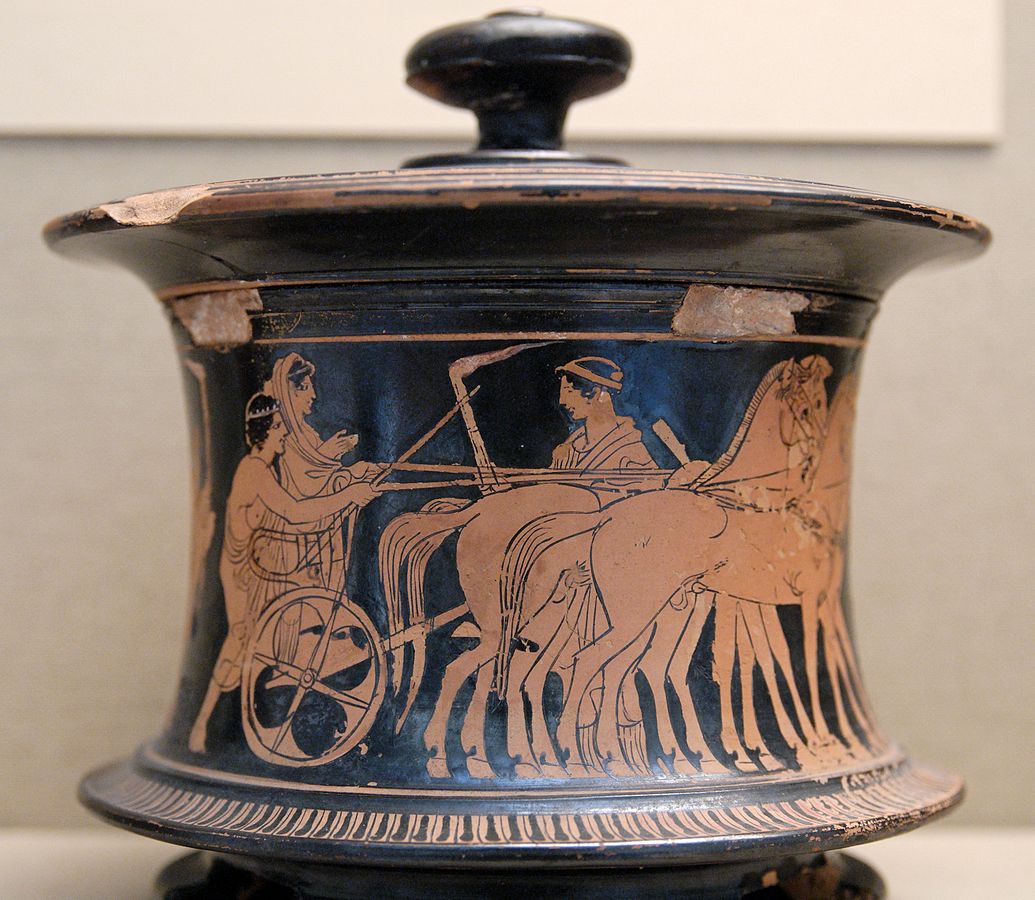 Ancient Greece
Ancient Greece 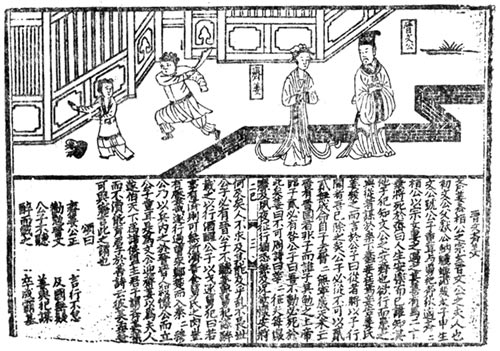 Confucian China
Confucian China 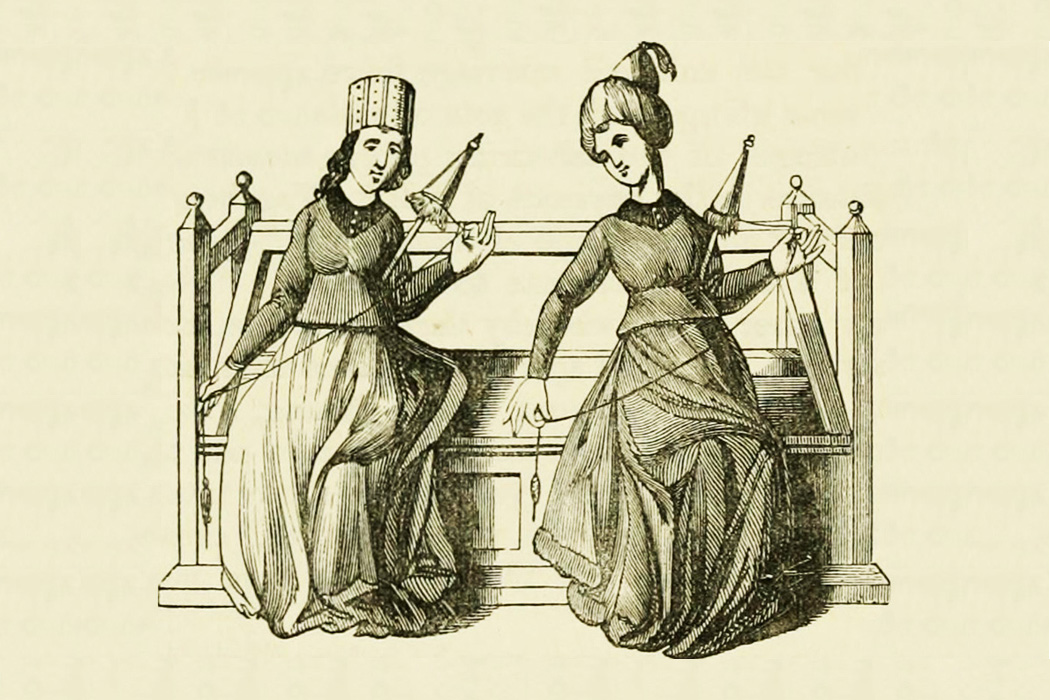 Girl Apprentices
Girl Apprentices 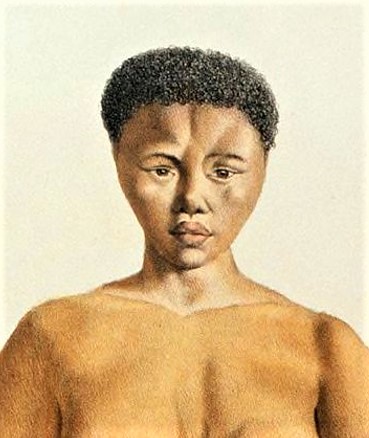 Enslaved Girls
Enslaved Girls 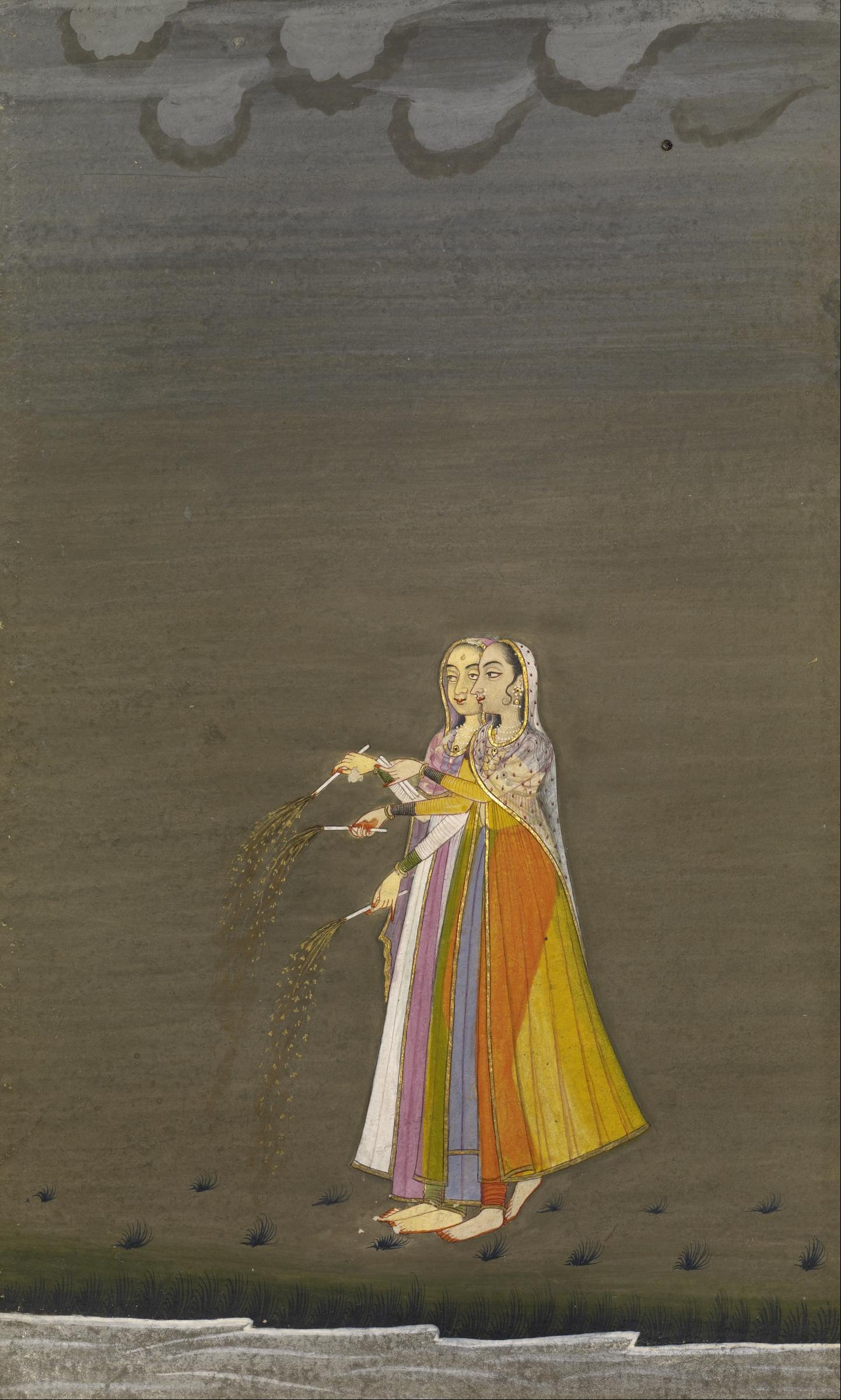 India
India 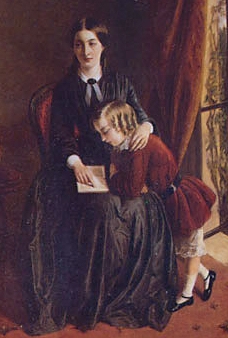 Student Girls
Student Girls 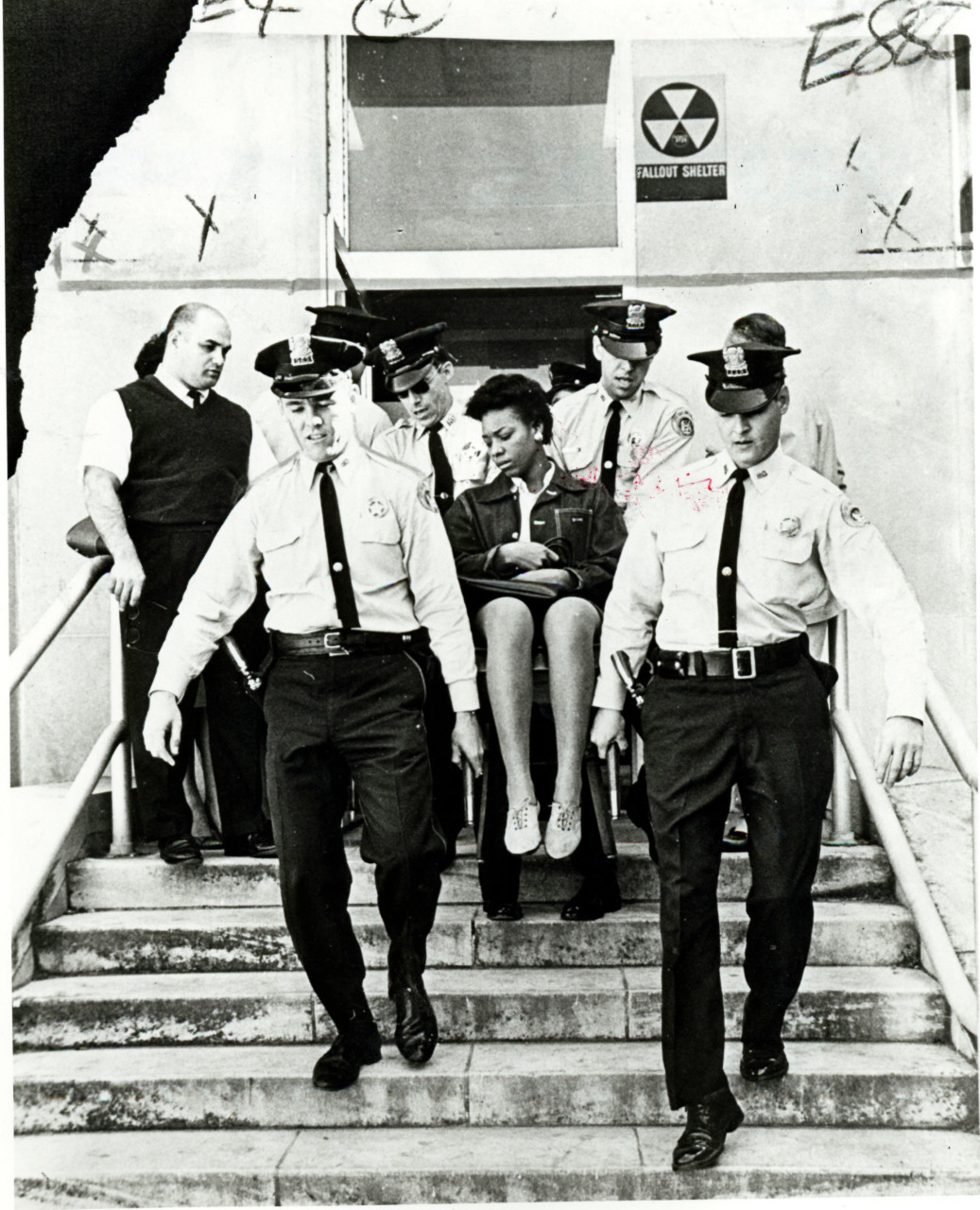 Black Girls in Jim Crow South
Black Girls in Jim Crow South 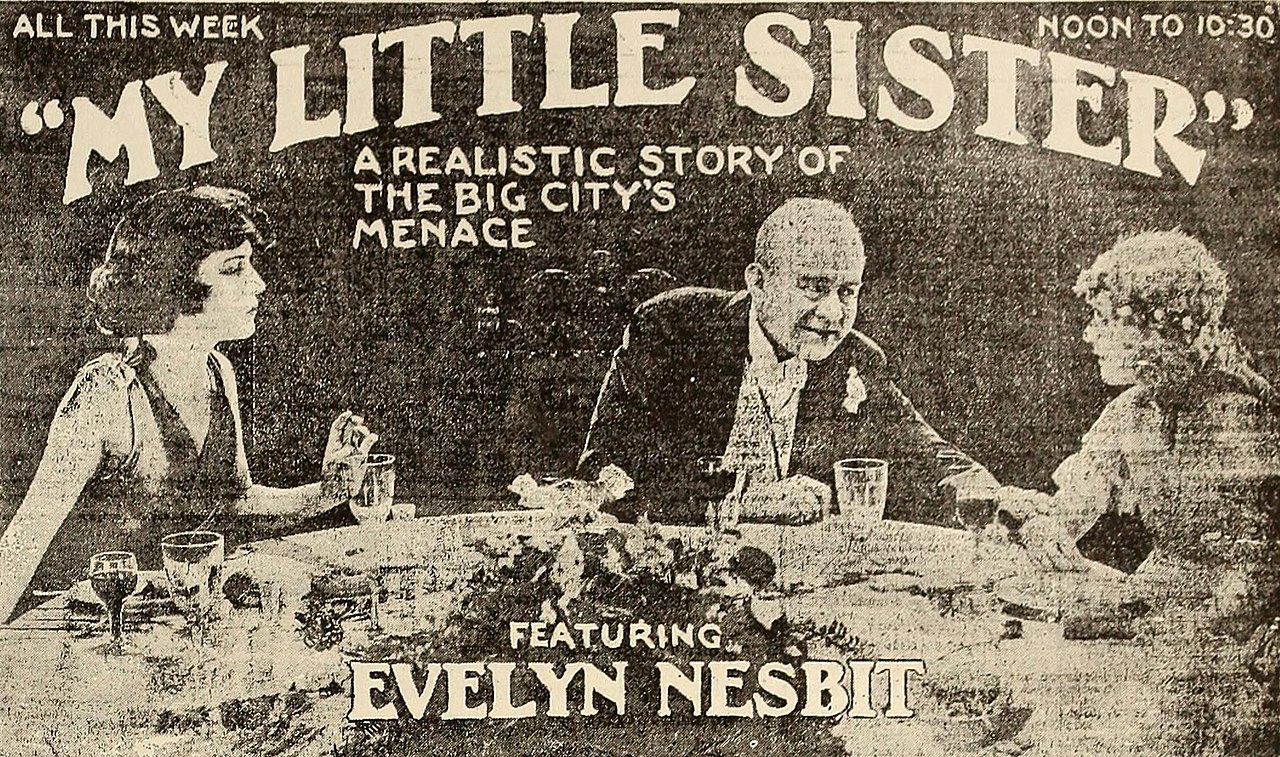 Girls and White Slavery
Girls and White Slavery 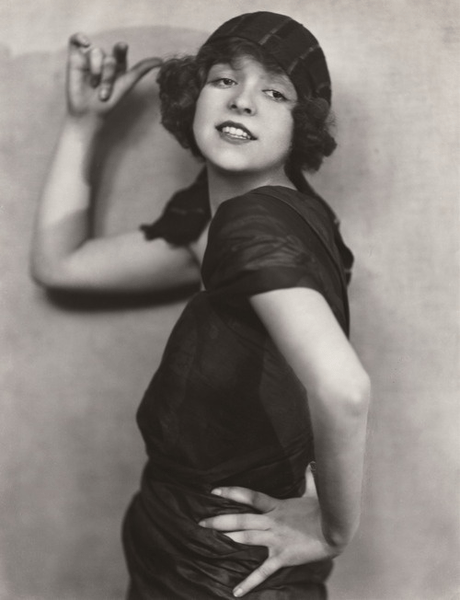 “It” Girl
“It” Girl 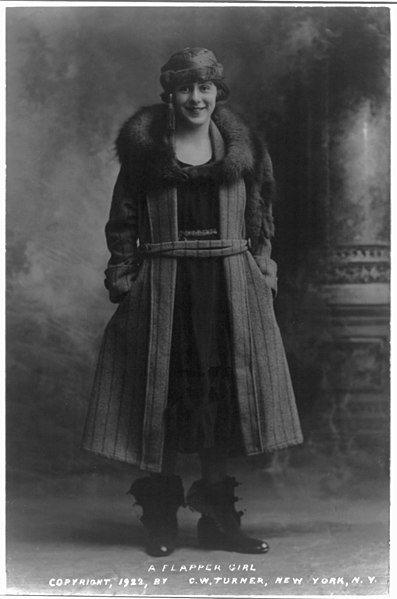 Flappers & Ms. Modern
Flappers & Ms. Modern 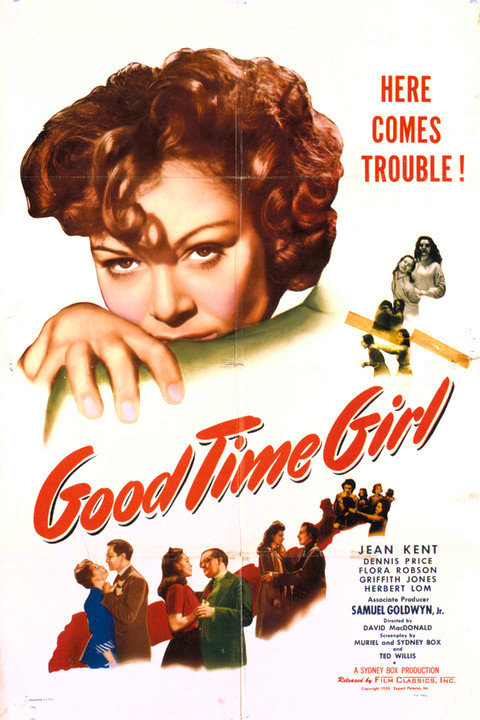 Good-Time Girls
Good-Time Girls 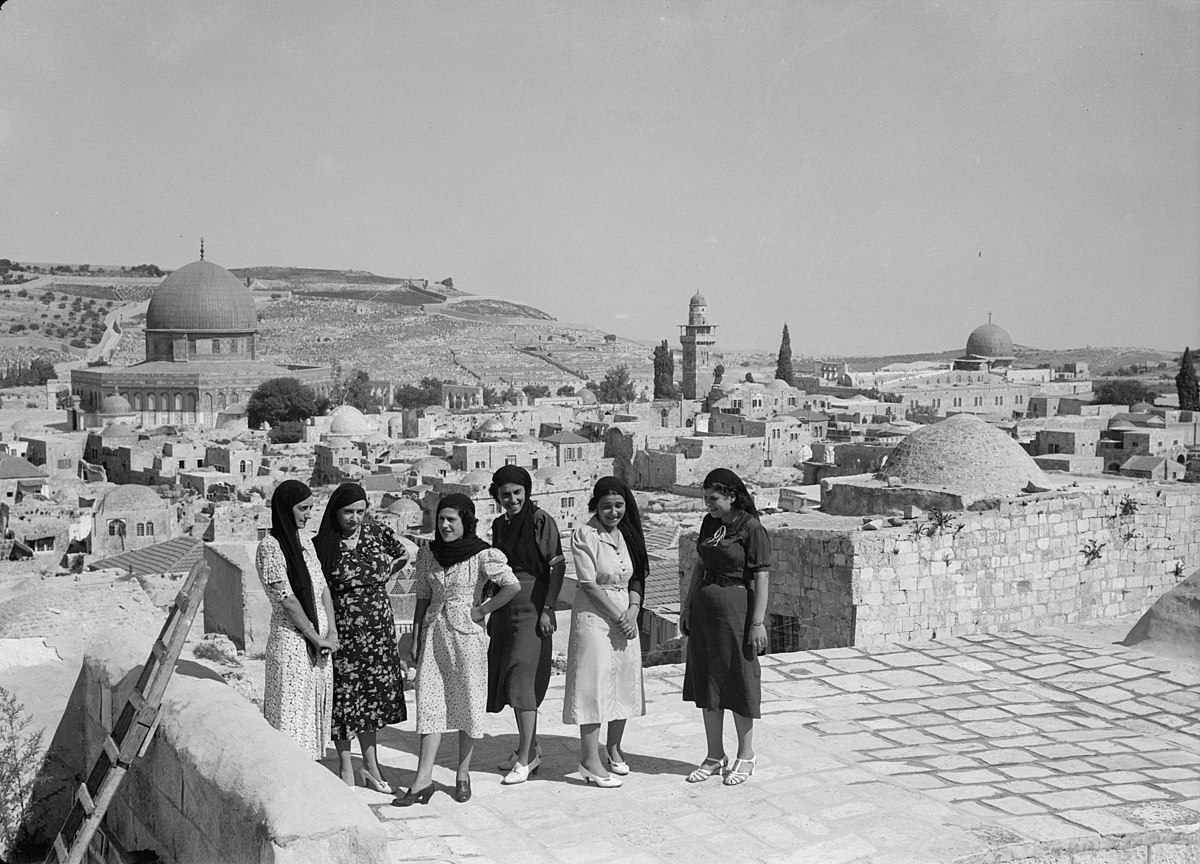 Patriotic Girls in Arab Nationalism
Patriotic Girls in Arab Nationalism 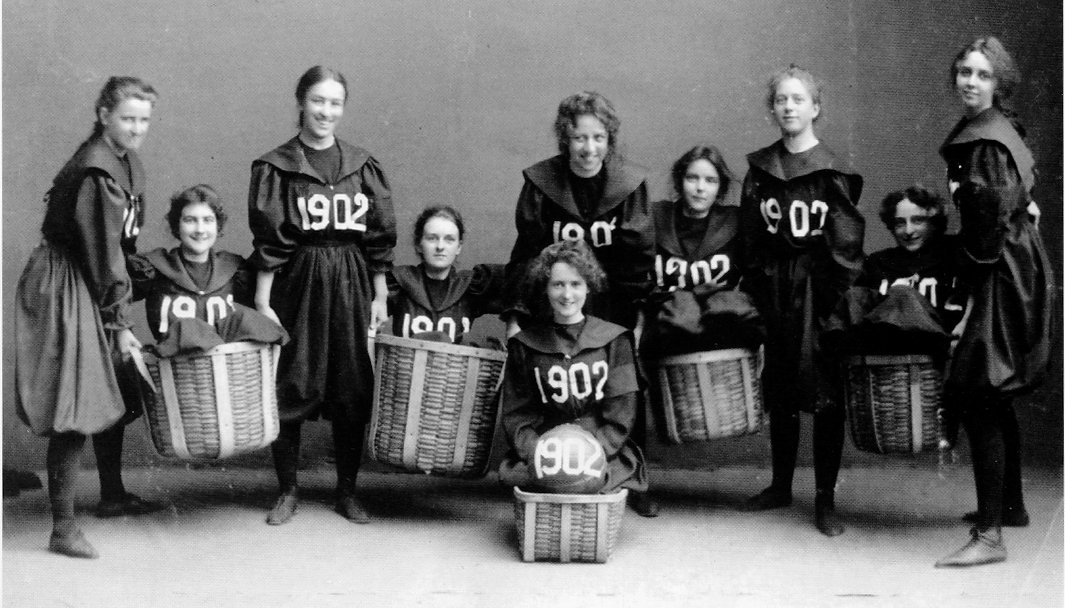 College Girls
College Girls 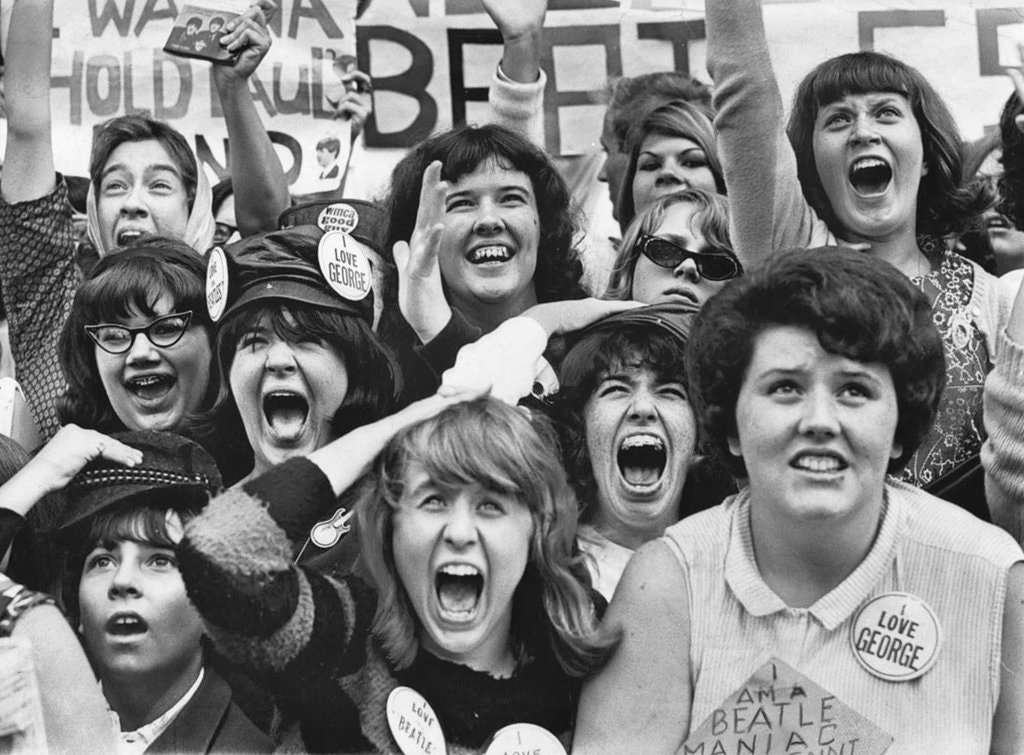 Beatlemania
Beatlemania 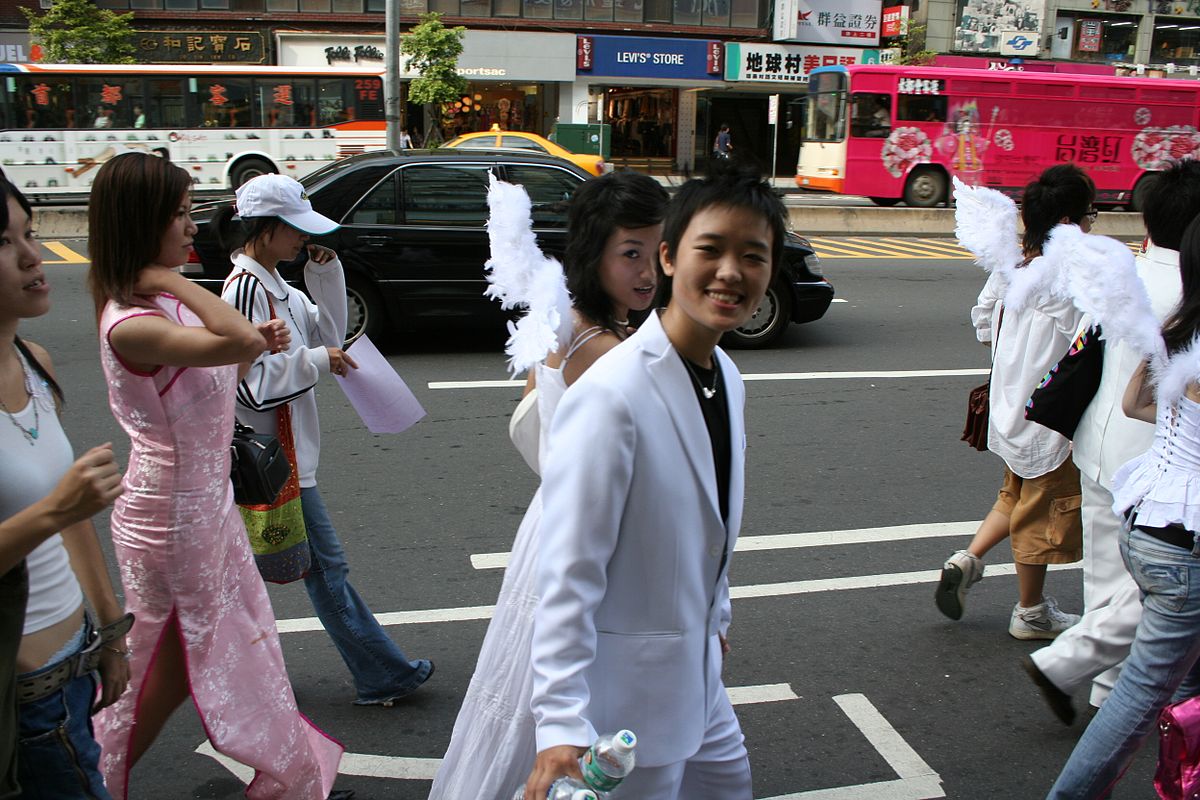 Nütongzhi
Nütongzhi  Ladettes
Ladettes  Tween
Tween 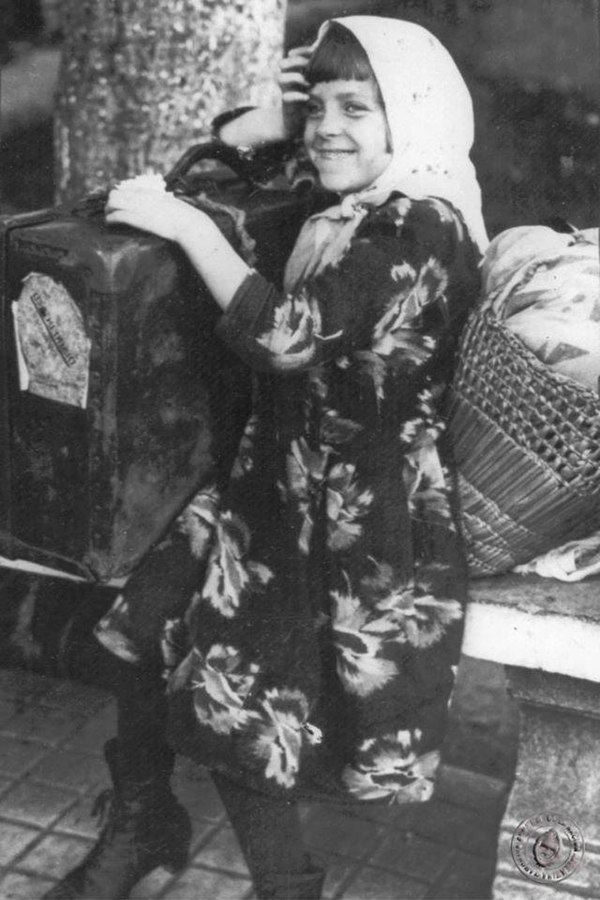 Migrant Girls
Migrant Girls 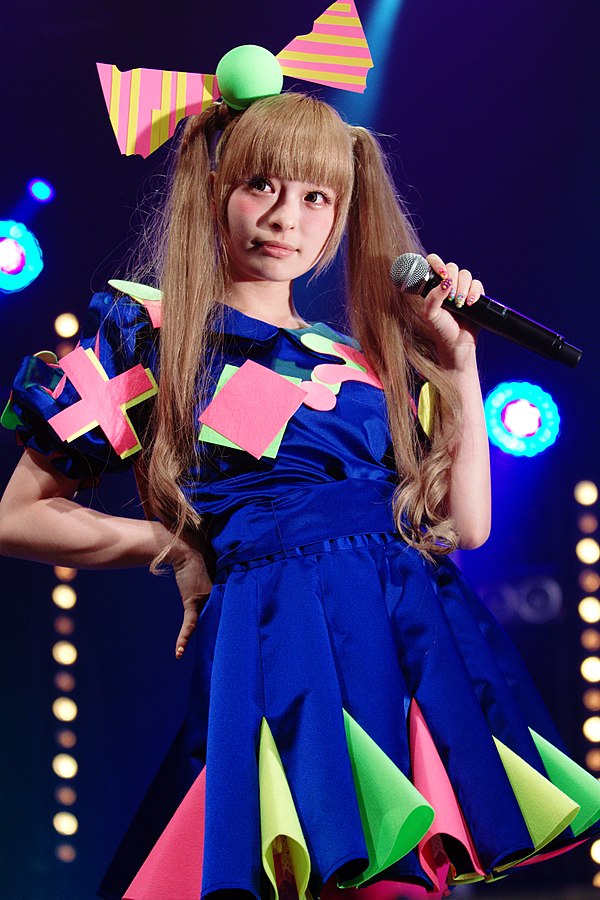 Harajuku Girls in “Cool Japan”
Harajuku Girls in “Cool Japan” 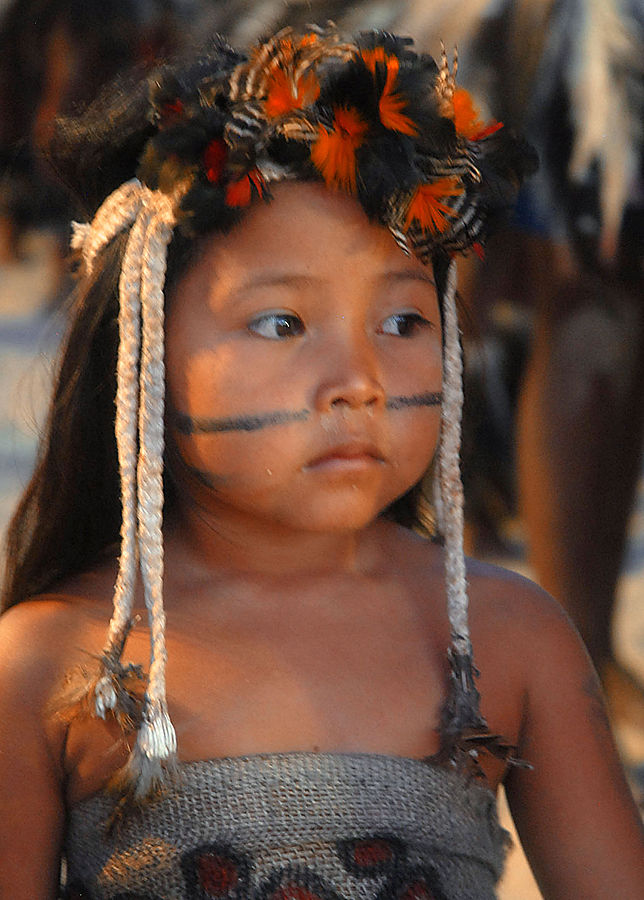 Indigenous Girls in the West
Indigenous Girls in the West 